Health Benefits of Pickles: How to Make Homemade Pickles – Part I
Health Benefits of Pickles: How to Make Homemade Pickles – Part II
Health Benefits of Pickles: How to Make Rice Bran Pickles (Nukazuke) – Part III
We had experienced severe food shortage after the World War II. Just to survive, we had to find anything that could be converted to food and preserve them throughout the year.
Our main idea was to preserve most foods as “pickle”, which was the simplest and easiest to do back then. Pickling was inherited since thousands of years ago from China and Korea.
Radish with its leaf, Napa cabbage, ginger, gourd, and many other vegetables were converted to pickles to preserve throughout the year. I remember that the process in making pickles was entirely a family work whenever we harvest vegetables from our small garden and along the vacant lots nearby our shanty.
We did not have enough fish and meat so we didn't have adequate protein in our meals. Despite that, we managed to survive and grow up. When I grew up, I realized how healthy that pickles we have been consuming every day can be.
Today, most Japanese enjoy eating a variety of pickles in every meal. We always have nearly ten kinds of pickles on our dining table—kimchi, plum, cabbage, spinach, cucumber, radish, carrot leaf, saltfish, sweetened shellfish, and many others. We do not feel that the meal is complete without pickles.
|
|
|
|
|
|
|
|
|
|
|
|
|
|
There are huge varieties of pickles in China, Korea, and Japan alone. Nutritional values of fermented foods multiply dramatically as you can see it with cow's milk. Yes, milk fermented by bacteria turns to “yogurt”, which produces lactic acid bacteria and intestinal “bifidobacteria”, meaning yogurt maintains and protect the intestinal health. Milk can also be turned to cheese by fermentation.
Bifidobacteria is a beneficial bacterium that lives in the colon, and is effective for diarrhea and constipation, which is common in women. It also boosts the immune system of the body to help prevent and treat diseases including certain cancer. Bifidobacteria is also said to have beauty and anti-aging effect.
Yogurt is high in calcium and protein, and can be eaten by people who are fairly lactose-intolerant, because the lactose in the milk is converted to lactic acid by the bacterial culture. Yogurt is common in macrobiotic diet.
Many people eat yogurt for breakfast, but the bifidobacteria cannot survive stomach acid especially when hungry where there's a high concentration of gastric acid. Therefore, the most effective time to eat yogurt is after the meal. If you eat yogurt at the same time with your meal, your stomach will produce more gastric acid that will destroy the beneficial bacteria in yogurt.
Most vegetables including some fishes and animal meat could be processed and fermented just like milk (yogurt). Take the case of pickles in the photos above. All of them have similar effects of yogurt, especially with kimchi, which has a reputation in aiding digestion.
In the case of tomato, even without fermentation, there is an Italian proverb that says, “When tomatoes become red, doctors become blue”. This means that fewer people get sick when tomatoes ripen, and that therefore doctors have less work.
Let us make pickles. Anyone can do it.
You can acquire a strength like Samson by eating pickles, and if you can be treated with the PYRO-ENERGEN. That's how and what the PYRO-ENERGEN groups are now.
Reprint Rights: You may reprint this article within your website, blog, or newsletter as long as the entire article remains the same as well as the “About the Author” box.



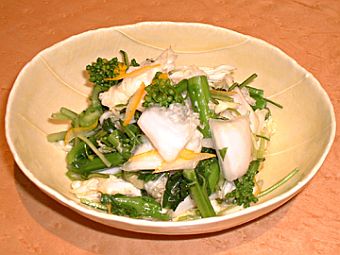
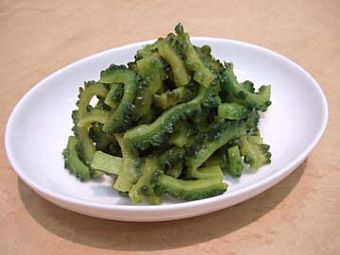
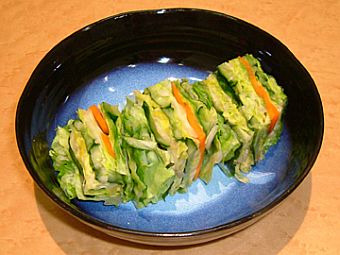
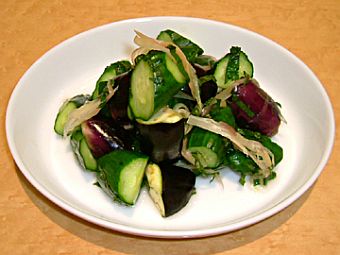
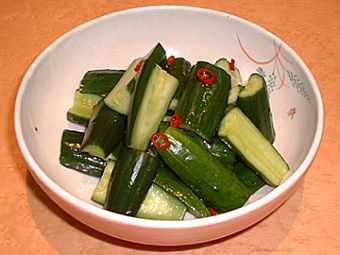
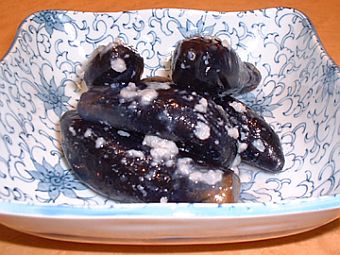
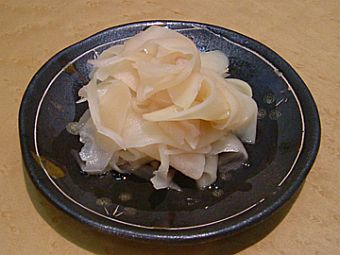
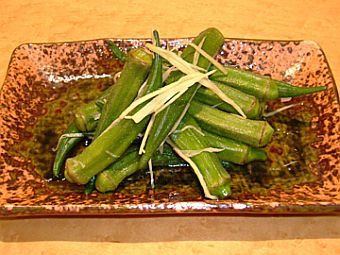
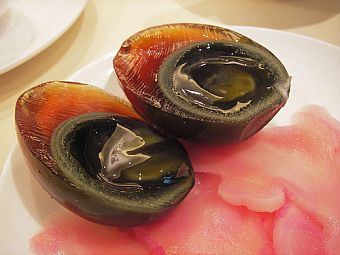
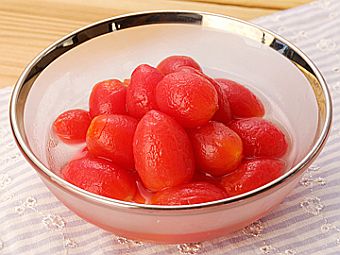
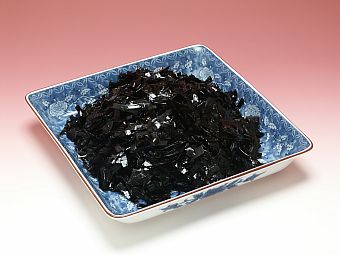
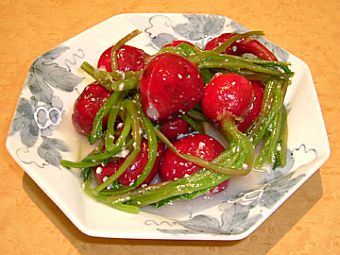
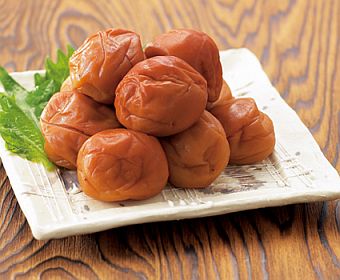
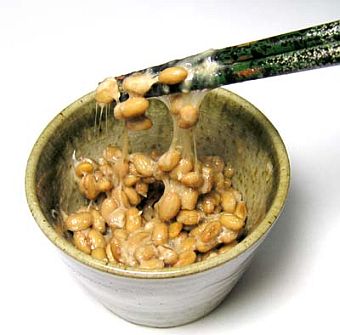
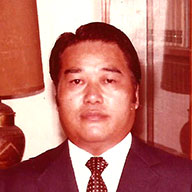 Junji Takano is a Japanese health researcher involved in investigating the cause of many dreadful diseases. In 1968, he invented PYRO-ENERGEN, the first and only electrostatic therapy machine that effectively eradicates viral diseases, cancer, and diseases of unknown cause.
Junji Takano is a Japanese health researcher involved in investigating the cause of many dreadful diseases. In 1968, he invented PYRO-ENERGEN, the first and only electrostatic therapy machine that effectively eradicates viral diseases, cancer, and diseases of unknown cause.


